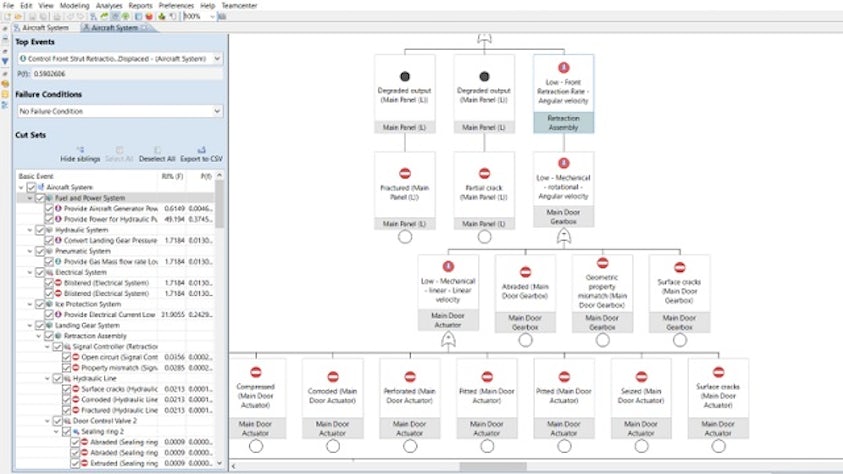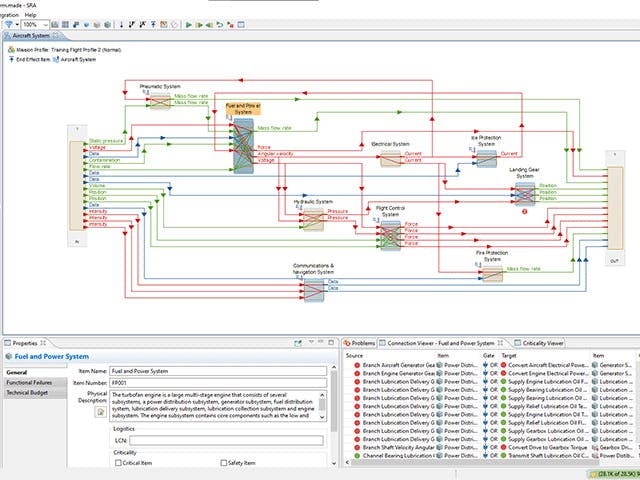Zwiększ produktywność i ogranicz koszty, obiektywnie identyfikując wszystkie możliwe błędy i usterki projektu lub produktu. Twórz standardowe artefakty trybu awarii i skutków (FMEA) oraz FMECA bezpośrednio z poziomu cyfrowego bliźniaka ryzyka, realizując korzyści płynące ze skalowalnego modelu, a także korzystając z możliwości wygenerowania typowych dokumentów podczas modelowania na dowolnym etapie procesu rozwoju.





